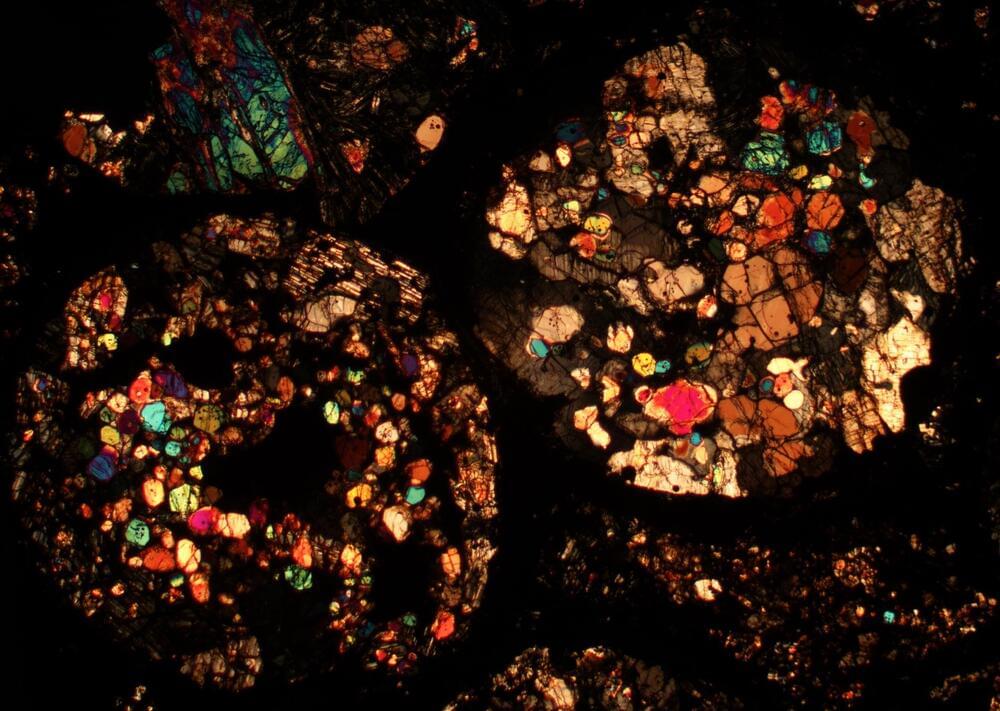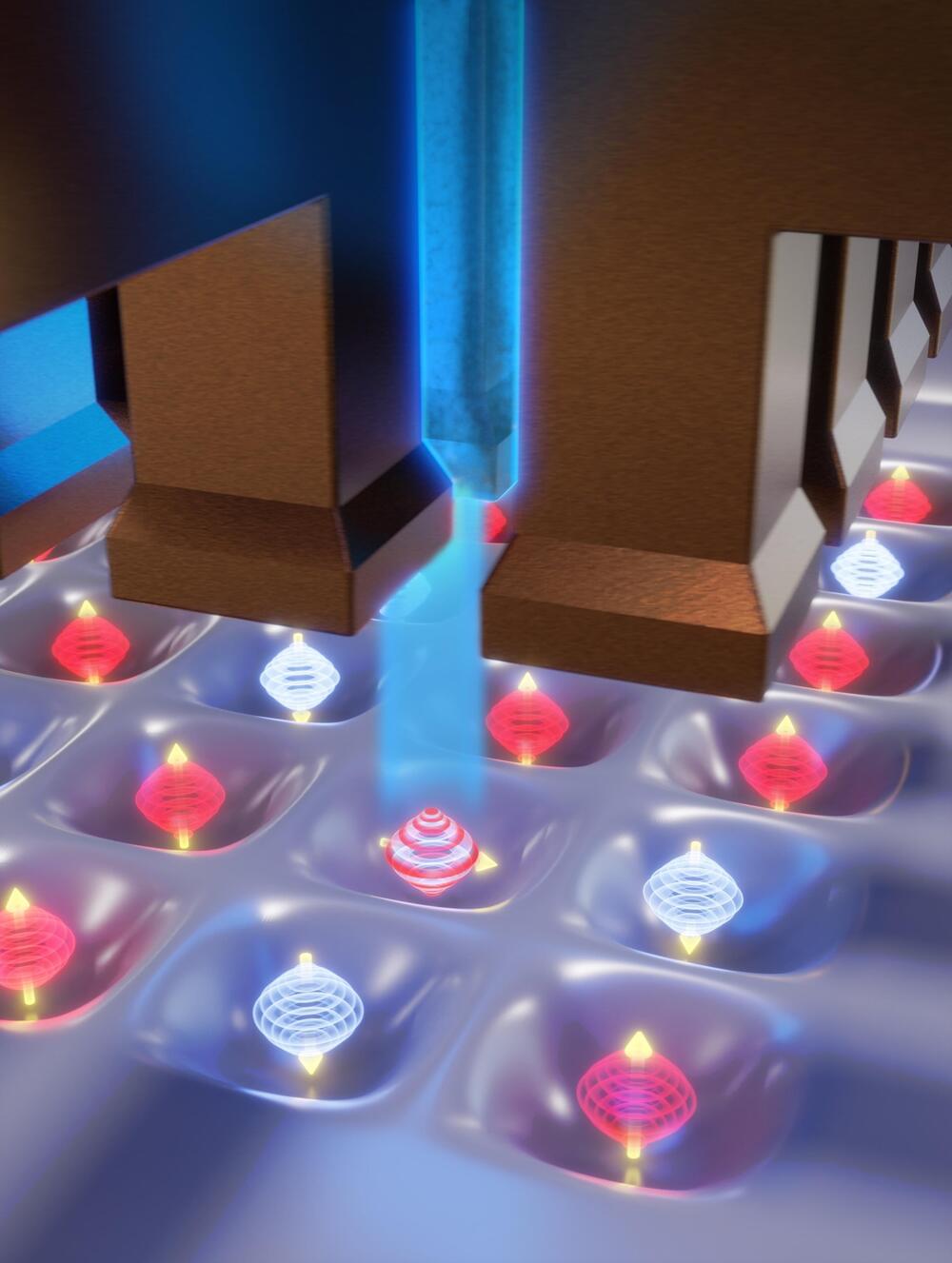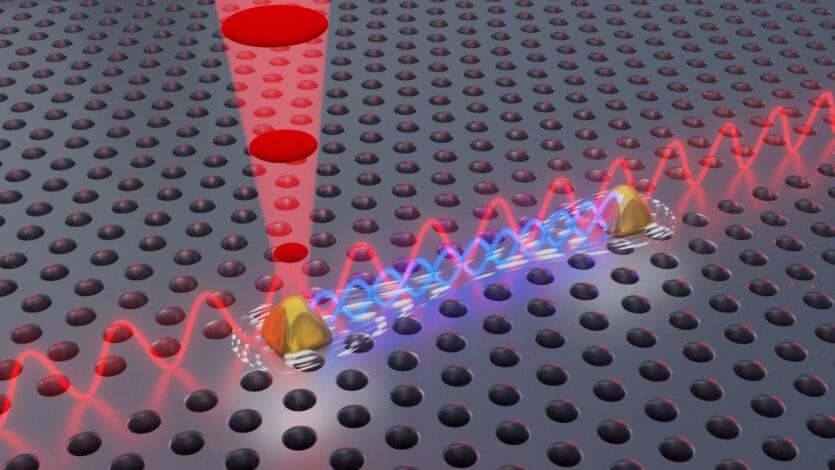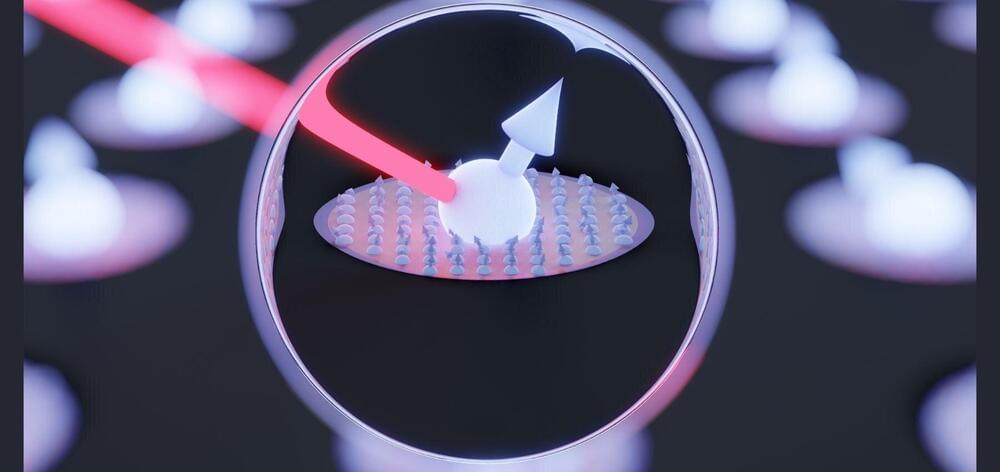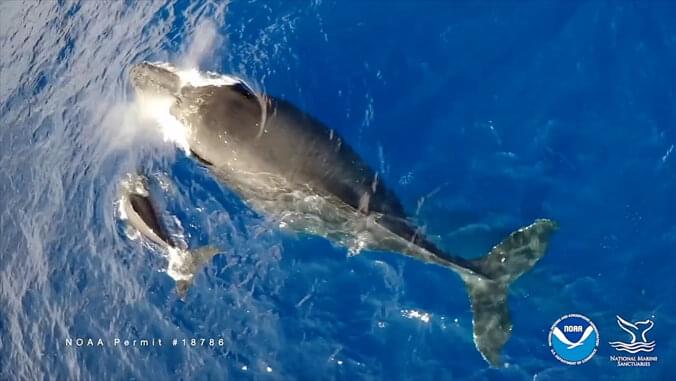A novel virus, potentially fatal to whales and dolphins, has been discovered by researchers at the University of Hawaiʻi Health and Stranding Lab. Prior to its discovery in 10 whale and dolphin host species across the Pacific, the virus was found in only a single marine mammal worldwide, a Longman’s beaked whale stranded on Maui in 2010. The findings are published in Frontiers in Marine Science.
The discovery of beaked whale circovirus (BWCV) in whales and dolphins expands the knowledge of marine mammal species that can become infected with the disease. Circoviruses are DNA viruses that cause disease in birds, pigs and dogs, and in severe cases can become fatal.
“Our study found Cuvier’s beaked whales tested positive for BWCV in Saipan and American Samoa, nearly 4,000 miles away from the first discovered case,” said Kristi West, director of the UH Health and Stranding Lab. “The positive cases found outside of Hawaiʻi were surprising, and indicates that this virus is spread across the Central and Western Pacific and may have a global presence in marine mammals.”

